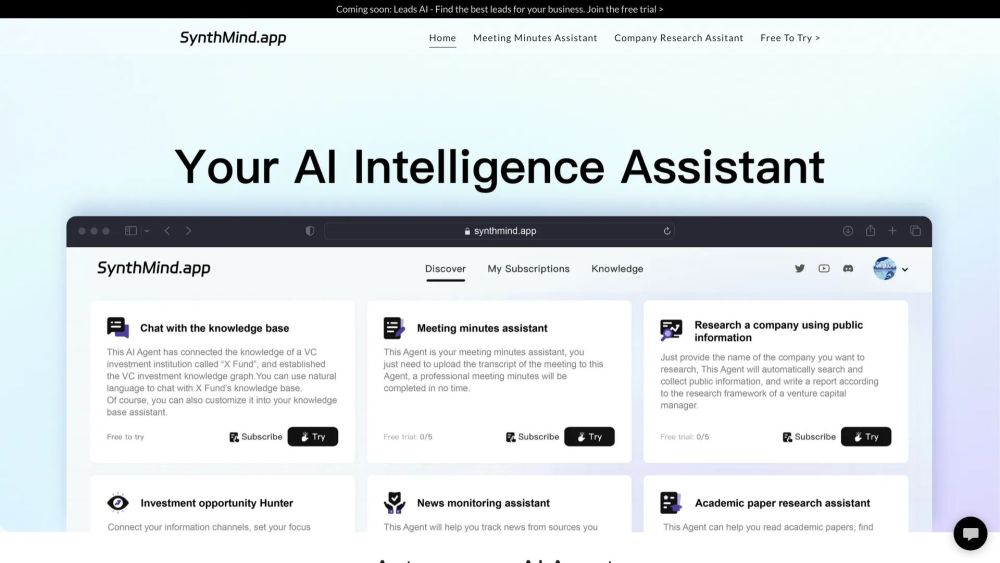The most frequent misstep organizations make when evaluating emerging technologies like generative AI is centering their focus on the technology's capabilities instead of how it aligns with their overall business goals and strategies. It's easy to be dazzled by the allure of new advancements without considering the specific use cases relevant to the company's current challenges and opportunities. Generative AI offers great promise; it allows for natural language interactions and can perform tasks such as creating engaging content, transforming disorganized data into institutional knowledge, developing software from simple instructions, and enhancing interactions across the board. Yet, technical capabilities alone do not guarantee that organizations will become more effective or efficient.
For technology implementations to deliver genuine value, businesses must first lay the groundwork with their core business strategy, identifying areas where technology can create a strategic advantage. Generative AI often plays a crucial role in this equation.
### Strategy Before Technology
Begin by articulating the organization's key objectives, priorities, and desired outcomes related to commitments to stakeholders. Start from a high-level perspective—consider revenue, profitability, and financial obligations—and then define specific outcomes necessary to drive those financial metrics. Are operational costs eating into your profit margins? Is revenue stagnating, prompting a need for increased business drive? Do high customer turnover rates impact your profitability while simultaneously increasing acquisition costs?
Honest answers to these questions are essential before exploring the myriad use cases for AI and generative AI. Once you identify core goals, delve into each business process and function to assess where and how AI could foster meaningful progress. This pragmatic approach ensures that technology projects are aligned with genuine business needs rather than mere technological possibilities.
Such alignment not only sets relevant scopes and clear success metrics from the get-go, but also facilitates organizational buy-in and enhances change management efforts. Framing AI initiatives as enablers of strategic goals positions AI as a key player in achieving broader business objectives rather than merely focusing on technology for its own sake.
### Understand Your Business Objectives
After committing to a strategic approach for generative AI adoption, the next critical step is to convert high-level business outcomes into concrete strategies that outline specific use cases. Companies often dive into AI solutions without thoroughly analyzing their current business processes for genuine opportunities and challenges.
Start by asking insightful questions to pinpoint priorities and desired outcomes across the organization:
- What are our primary revenue sources, and how could AI help make them more predictable and repeatable?
- Where are our largest expenses, and how might AI drive efficiency in those areas?
- What customer experience pain points could AI alleviate or enhance?
- Which cumbersome processes could be simplified or automated through AI?
- What data-driven insights could better inform our innovation efforts?
This internal assessment should reflect not just on applying AI for its trendiness, but rather on identifying significant opportunities where AI's capabilities align well with the organization's goals.
As you analyze customer interactions, map the customer journey to identify frustrating pain points, such as extended wait times. Evaluate how tasks are currently performed, aiming to improve human performance and decision-making rather than fully replacing them with automation.
This comprehensive mapping to objectives will help create a tailored AI roadmap that prioritizes real value. From there, relevant AI methodologies—such as machine learning, natural language processing, and computer vision—can be explored to meet identified needs, driving technology to support strategy rather than dictate it.
### Evaluate AI Capabilities in Context
Once the organization has a solid grasp of its business objectives, the next step involves evaluating specific AI and generative AI capabilities in relation to these goals. A pragmatic understanding of what current AI technologies can realistically achieve is vital before exploring applications.
While AI boasts impressive capabilities in areas such as computer vision and natural language processing, it also comes with significant limitations. Machine learning models require extensive training data and can exhibit biases or lack transparency. Tasks that involve understanding casual speech or navigating three-dimensional spaces remain challenging. Thus, we are still quite a distance from achieving artificial general intelligence.
When assessing the utility of AI for business objectives, consider the following factors:
- **Data Availability:** Quality training data relevant to the business task is critical. Understand any costs associated with data acquisition and labeling.
- **Model Accuracy:** No model is infallible; it’s important to set performance metrics and acceptable accuracy thresholds.
- **Interpretability:** Understanding how AI makes decisions is crucial, especially in regulated areas like finance and healthcare.
- **Security and Compliance:** AI can introduce various risks that must be managed, particularly in heavily regulated industries.
- **Impact on Stakeholders:** Evaluate how AI affects customers, employees, suppliers, and partners, seeking equitable outcomes.
- **Technical Infrastructure:** Implementing AI often necessitates high-performance computing capabilities, which can be costly.
- **Maintainability:** Continuous model building and retraining require specialized skills that organizations need to acquire or develop.
By realistically evaluating both strengths and limitations of AI regarding specific use cases, organizations can make informed adoption decisions while mitigating risks. The takeaway is clear: understand your business objectives and constraints first, then explore how AI can effectively meet those needs. By adopting this pragmatic approach, businesses can unlock the transformative potential of AI to create strategic advantages aligned with their unique goals.





